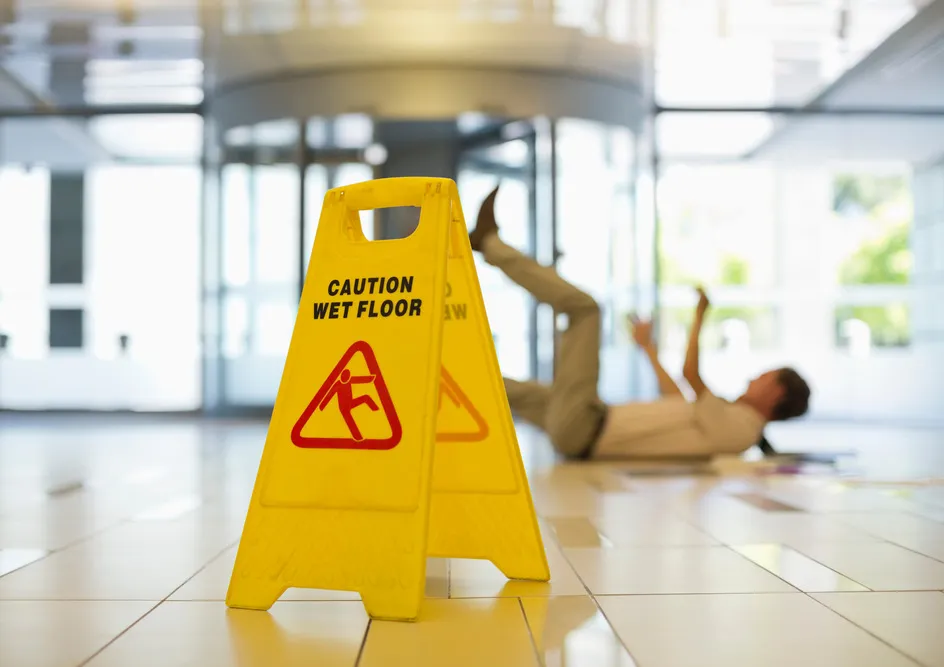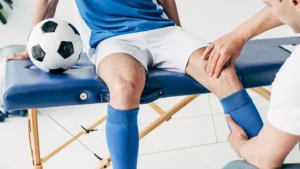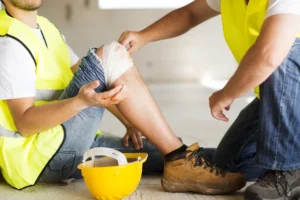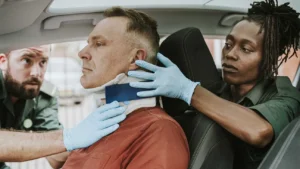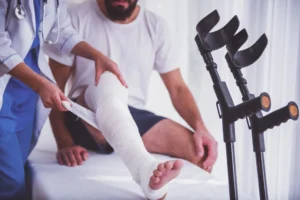Slip and fall accidents are often dismissed as minor mishaps, but they can lead to serious injuries with long-lasting effects. According to the National Safety Council, falls are the second leading cause of unintentional injury-related death in the United States, resulting in over 42,000 deaths annually nsc.org.
Understanding the severity of these accidents is crucial for prevention and recovery. This article delves into the common injuries associated with slip and fall accidents, their impact, and how to protect yourself.
Common Injuries from Slip and Fall Accidents
Slip and fall accidents can result in a range of injuries, from minor bruises to life-threatening conditions. Some of the most common injuries include:
-
Fractures: Broken bones, especially in the wrists, hips, and ankles, are prevalent in slip and fall incidents.
-
Head Injuries: Traumatic brain injuries (TBIs) can occur if the head strikes the ground, leading to long-term cognitive issues.
-
Spinal Cord Injuries: Falls can cause damage to the spinal cord, potentially leading to paralysis.
-
Soft Tissue Injuries: Sprains, strains, and tears in muscles and ligaments are common and can cause chronic pain.
-
Internal Injuries: Damage to internal organs can occur, sometimes without immediate symptoms, making them difficult to diagnose.
These injuries can have significant medical, emotional, and financial implications, affecting an individual’s quality of life.
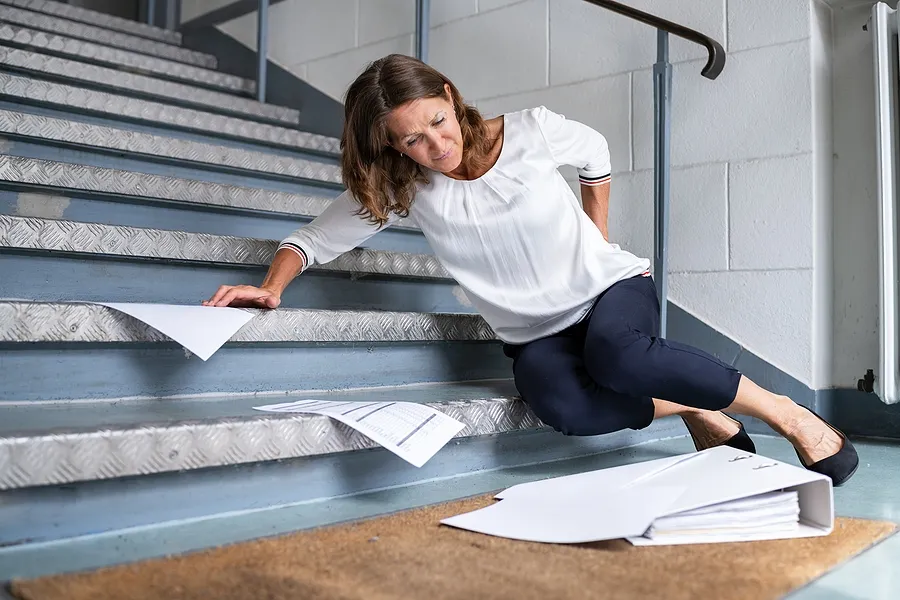
The Hidden Costs of Slip and Fall Accidents
Beyond the physical injuries, slip and fall accidents can lead to hidden costs, including:
-
Medical Expenses: Treatment for injuries can be costly, especially if surgery or long-term rehabilitation is required.
-
Lost Wages: Time off work due to recovery can result in lost income.
-
Emotional Distress: Dealing with pain and the limitations caused by injuries can lead to anxiety and depression.
-
Legal Fees: If pursuing a legal claim, attorney fees and court costs can add up.
These factors can place a significant financial burden on individuals and families.
Prevention Tips to Reduce the Risk
Preventing slip and fall accidents involves awareness and proactive measures. Here are some tips to help reduce the risk:
-
Maintain Clean and Dry Floors: Promptly clean up spills and use warning signs to indicate wet areas.
-
Improve Lighting: Ensure adequate lighting in walkways and staircases to enhance visibility.
-
Eliminate Hazards: Remove obstacles, such as cords or debris, that can cause tripping.
-
Use Non-Slip Mats: Place non-slip mats in areas prone to moisture, like bathrooms and kitchens.
-
Wear Appropriate Footwear: Choose shoes with proper support and non-slip soles.
Implementing these measures can significantly reduce the likelihood of slip and fall accidents.
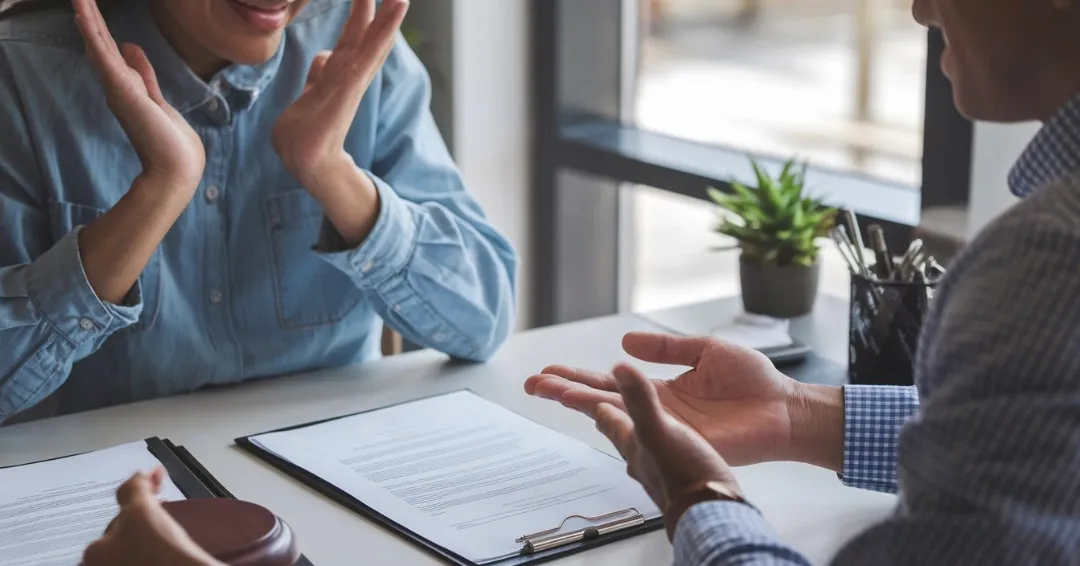
Legal Rights After a Slip and Fall Accident
If you’ve been injured in a slip and fall accident due to someone else’s negligence, you may have legal rights. It’s important to:
-
Seek Medical Attention: Even if injuries seem minor, consult a healthcare professional to document any potential issues.
-
Report the Incident: Inform the property owner or manager about the accident.
-
Document Evidence: Take photos of the accident scene and gather witness statements.
-
Consult an Attorney: A personal injury lawyer can help assess your case and guide you through the legal process.
Understanding your legal rights can help ensure you receive the compensation you deserve.
Conclusion
Slip and fall accidents are more serious than they may initially appear. They can lead to significant injuries with lasting effects, as well as hidden costs that impact your financial and emotional well-being. By understanding the risks and taking preventive measures, you can protect yourself and others from these potentially devastating accidents.
For more insights, explore our comprehensive articles on Understanding Personal Injury Claims, Recovery Strategies After an Injury, and Workplace Safety: Preventing Accidents.
Explore additional resources on National Safety Council – Slips, Trips, and Falls, Centers for Disease Control and Prevention – Falls, Occupational Safety and Health Administration – Fall Protection, SafetyCulture – Preventing Slips, Trips, and Falls, and Workplace Safety – Preventing Slips, Trips, and Falls.

